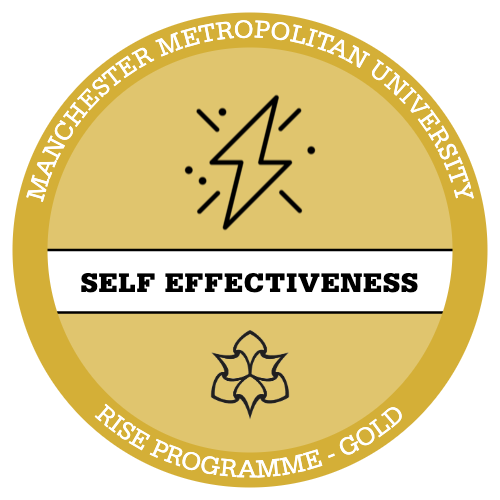Game designers and researchers have put a lot of thinking into defining what games are, how to analyse them and how to make them.
One way to understand games is to analyse their mechanics, dynamics and aesthetics, aka the MDA framework, which was developed by game designers LeBlanc, Hunicke and Zabek. In the same paper they also proposed a taxonomy of 8 types of fun. Very influential in game design.
Mechanics = the rules
Mechanics describes the particular components of the game, at the level of data representation and algorithms.
In simpler terms, mechanics are the rules of the game (more or less, some people say they’re not quite the same thing, but to keep things simple, let’s say that they are).
These are the laws and constraints under which the game operates.
- How is the game set up?
- What actions can players take?
- What effects do those actions have on the game state?
- When does the game end, and how is a resolution determined?
For example, what are the mechanics of a game like Chess?
- The board size and layout
- The initial set up
- One move per turn
- The way different pieces move
- The check rule: if your king is put into check, you are forced the move it out of check.
- etc.
Really Bad Chess is a brilliant hack of Chess, which alters just one mechanic: the initial combo of pieces. Everything else is the same. Yet the game plays quite differently.
Dynamics = tactics and strategies
Dynamics describes the run-time behaviour of the mechanics acting on player inputs and each others outputs over time.
In simpler terms, dynamics are what players tend to do in order to reach their game goals.
- How do players interact with one another?
- What strategies emerge from the rules?
For example, what are the dynamics of Chess?
- If you play classic Chess, you may start your game with pawns, then shift your focus on more powerful elements as the board clears. There isn’t a rule that forces you to do that, but you may have noticed it’s a better strategy.
- Another dynamic of Chess is that players tend to keep the King protected/surrounded by other pieces. You don’t usually venture out with the King as an attack piece.
Play it by Trust (1966) by Yoko Ono is another Chess hack in which all the pieces and the board are white. In some interviews, Ono claimed she hacked this together just for fun, to tickle players. In others, she described it as an anti-war statement, made during the Vietnam War to draw attention to the deeply militaristic metaphors embedded in this game.
How does this hack change the dynamics of Chess? How does it change the way people play it, their tactics and strategies?
Aesthetics = experiences + feelings
Aesthetics describes the desirable emotional responses evoked in the player, when she interacts with the game system.
In simpler terms, aesthetics are what players experience and feel while playing.
Aesthetics (in the MDA sense) do not refer to the visual elements of the game, but rather the player experience of the game: the effect that the dynamics have on the players themselves.
- Is the game fun?
- What kind(s) of fun?
- Is play emotionally or intellectually engaging?
- Is play slow and strategic, or fast and frenzied?
For example, what are the aesthetics of Chess?
In classic Chess, you play the role of a medieval commander, trying to outsmart your opponent in an open war between two armies. It’s a competitive game that rewards strategy and patience. There is no chance is Chess.
Rethinking Wargames (2003) by Ruth Catlow is a hack of Chess in 2 phases:
- Catlow instigated a participatory net art project (just before that illegal war in Iraq you may remember), posting to Chess forums an image of the board reconfigured with pawns on one side and the higher pieces on the other, with the question Under what conditions could the pawns in this game win?
- Crowd-sourced proposals led to the creation of an online game for 3 players, representing white royalty, black royalty, and the united force of pawn. While white and black royalty try to eliminate each other, the pawns place themselves as barriers to the aggression, trying to slow down the violence like virtual protesters. The pawns act as blocks and after five turns, if neither royal side has taken a piece, a period of non-violence is counted and a piece of metaphoric grass grows on the game board. After five turns of non-violence, grass will have taken over the fighting field. By staving off the aggression and overcoming the hotheaded part of the conflict, the pawns win.
What kind of aesthetics (ie, what kind of experience) does Rethinking Wargames foster?
Mechanics shape dynamics, which in turn shape aesthetics
The three Chess hacks above (Really Bad Chess, Play it by Trust and Rethinking Wargames) are all operating at the mechanics level.
The mechanics of card games include shuffling, trick-taking and betting — from which dynamics like bluffing can emerge […] Adjusting the mechanics of a game helps us fine-tune the game’s overall dynamics.
If you want to affect how people experience a game, you need to work on its mechanics.
You can’t directly manipulate player experiences (aka aesthetics) and it doesn’t really work to just encourage certain behaviours (aka dynamics).
Imagine what would happen if you just asked people to “be nice to each other” while playing Chess (that would be trying to affect the system dynamics) without putting certain mechanics in place that make people behave differently.
Our next exercise will be to deconstruct a game by breaking down its mechanics first, then analysing the dynamics emerging from those mechanics, and eventually considering what aesthetics the game produces.






